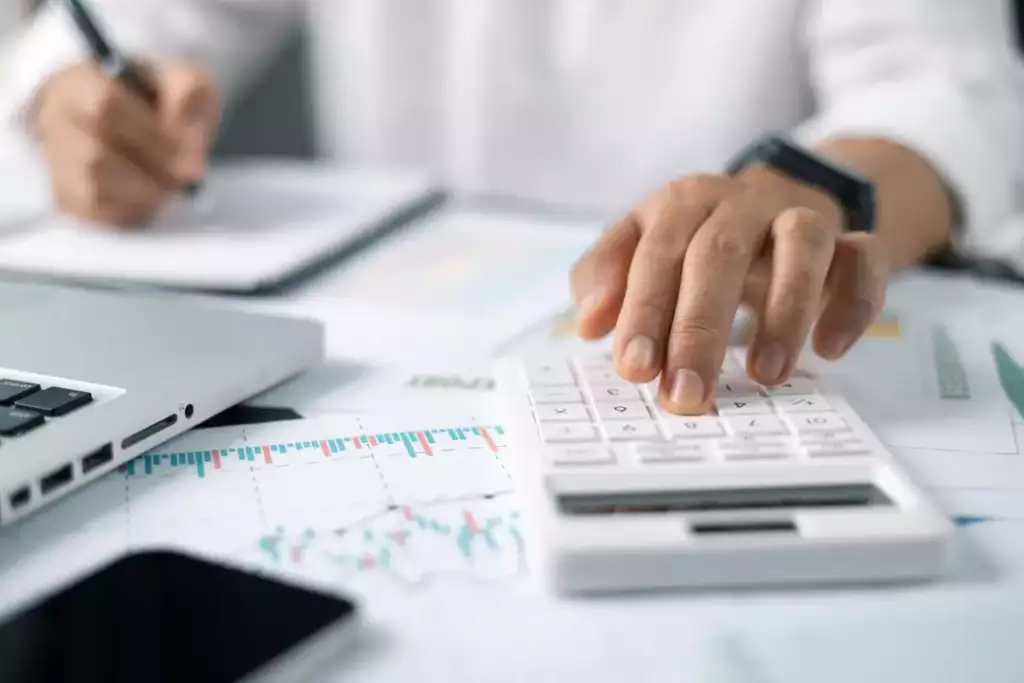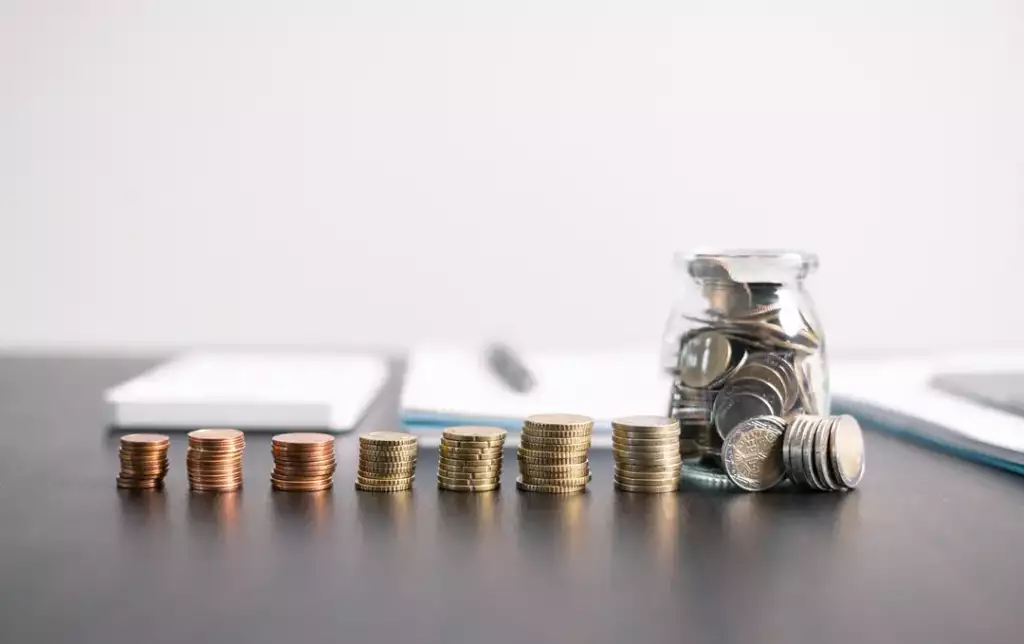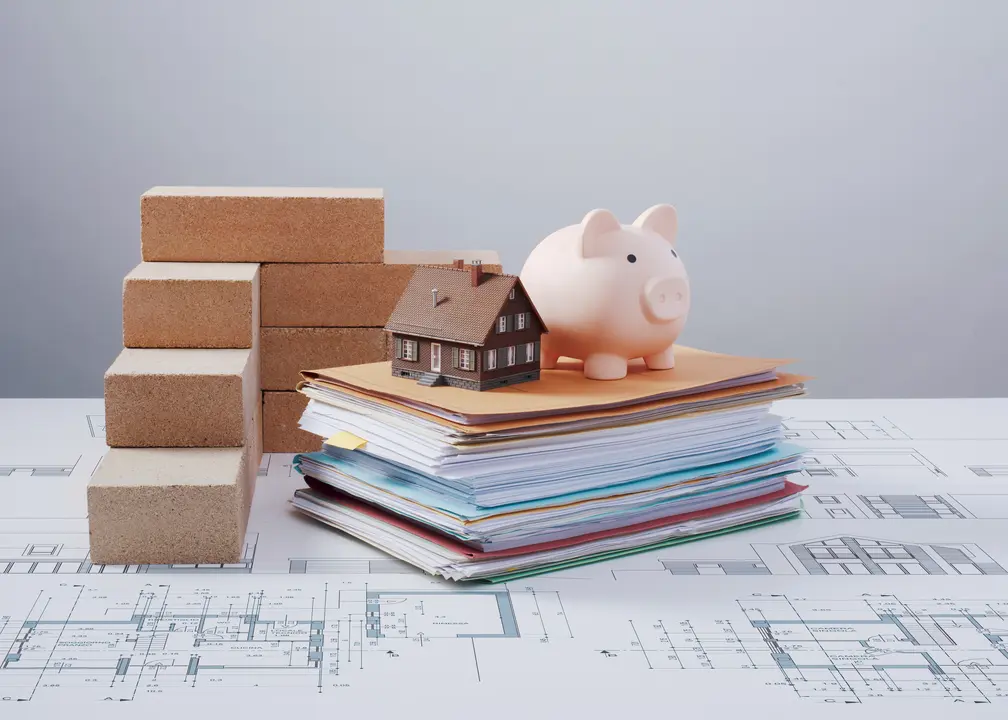In today’s fast-paced world, many people—especially beginners—don’t fully understand what a bank draft is or when to use it.
If you’re worried about secure transactions in Malaysia, you’re not alone! Picking the wrong payment method could lead to delays, bounced payments, or worse, fraud.
Many may opt for fixed deposits, but a bank draft is also a very reliable go-to for big transactions, whether you’re buying a car, putting down a deposit on property, securing a housing loan, or handling international payments. It’s backed by the bank, so you know your money’s safe.
Ready to learn how bank drafts work, the fees, and why they’re a smarter choice than money orders? Let’s dive in!
All About Bank Drafts!

What Is a Bank Draft?
A bank draft is a payment method guaranteed by the issuing bank, ensuring the payer’s account has sufficient funds.
Once the draft is requested, the money is moved to the bank’s reserve account until it’s cashed by the person receiving it. This makes it a safer option than personal checks for large purchases or transactions.
Key Takeaways
- Bank drafts provide a guaranteed form of payment backed by a financial institution.
- They are used for large payments like home down payments or international transactions.
- The issuing bank charges a cheque processing fee for providing a draft.
- Sellers may request a bank draft when they don’t have an existing relationship with the buyer.
How Bank Drafts Work
When you request a bank draft from a financial institution like a credit union, the bank checks if there are sufficient funds in your account.
The bank then moves the money into its internal account and issues a draft. The draft includes details like a serial number and watermark, making it a secure paper document.
Bank drafts are also known as bank checks, teller’s checks, or banker’s drafts.
These are often required for large purchases, such as property or a car.
In some cases, a post office can also issue secure money orders, but bank drafts typically cover larger amounts.

Bank Draft vs Money Order
Both bank drafts and money orders are considered safe methods of payment. However, there are differences.
A money order is purchased with cash or a debit card and used for smaller payments, whereas a bank draft is drawn on the bank’s accounts.
The fee for a bank draft may be higher than a money order due to the larger sums involved.
When you buy a money order, you can do so at certified stores or a post office, but a bank draft must be obtained from a financial institution. For international transactions, bank drafts can be used to deal with foreign currencies, and unlike money orders, bank drafts have no such limit on the amount.
How to Apply for a Bank Draft
Bank drafts are a secure method for making large payments, though it may seem daunting, applying for one is a straightforward process. Here is a step-by-step guide to help you get a bank draft with ease:
1. Visit Your Bank
Go to the nearest branch of your bank. Make sure to bring your identification (IC or passport) and any necessary account information.
2. Request a Bank Draft
Inform the bank teller that you want to apply for a bank draft. They will provide you with a bank draft application form.
3. Fill Out the Application Form
Complete the form with the required details, such as the recipient’s full name, address, and the amount of the draft. Double-check all information to prevent any issues.
4. Submit the Form and Payment
Hand in the completed form to the teller along with payment for the bank draft. The payment will be deducted from your account, or you may pay in cash.
5. Processing Time
The bank will process your request, which typically takes a few minutes, though times may vary depending on the bank.
6. Collect the Bank Draft
Once processed, the bank will issue the bank draft, which will include details like the amount, recipient’s name, and a unique serial number.
Cancelling a Bank Draft
Unlike regular personal checks, canceling a bank draft can be tricky. Once issued, some banks won’t allow a stop payment.
However, if the draft is lost or stolen, you can request a new draft, but you may need to sign an indemnity form or provide a surety bond.
Fees and Costs
Obtaining a bank draft usually involves a fee. Banks might charge a flat fee or a percentage of the amount on the draft.
For instance, TD Bank charges a flat fee of $9.95. High-net-worth individuals or those with good relationships with the bank may enjoy free bank drafts.
Keep in mind, fees can vary depending on the amount and financial institution.

What’s the Difference Between a Bank Draft and a Certified Check?
Both a bank draft and a certified check are guaranteed by a bank.
However, with a certified check, the money stays in your bank account until the check is cashed. With a bank draft, the funds are withdrawn immediately.
A certified check may also be preferable if you want more control over when the funds are moved.
When Can You Use a Bank Draft?
Bank drafts are ideal when making large purchases or when a buyer wants to ensure the seller is confident about receiving the funds.
For example, if you’re buying a car or property, a bank draft may be necessary. You may also encounter additional fees or a cheque processing fee based on the bank you’re working with.
Pros and Cons of Bank Draft
Like any payment method, bank drafts come with their advantages and disadvantages. Here are some of the key pros and cons:
| Pros | Cons |
| Secure payment method | Fees associated with purchasing a bank draft |
| Guarantees funds (issued by the bank) | Not easily cancellable once issued |
| Accepted internationally | Requires in-person visit to a bank (in most cases) |
| Useful for large transactions | Takes time to process (especially internationally) |
| Reduces risk of bounced checks | If lost, replacing it can be a lengthy process |
| Provides proof of payment | Not as convenient as digital transfers |

In essence, a bank draft is a game-changer for large transactions and international deals. It offers guaranteed funds and unmatched security, making it an exciting option for significant purchases. Despite some fees, its reliability ensures you can make big moves with confidence!
Did you know that bank drafts are a secure way to handle property investments?
Start exploring property options today and see how smart investments can lead to a rewarding future!
Read more related articles:
